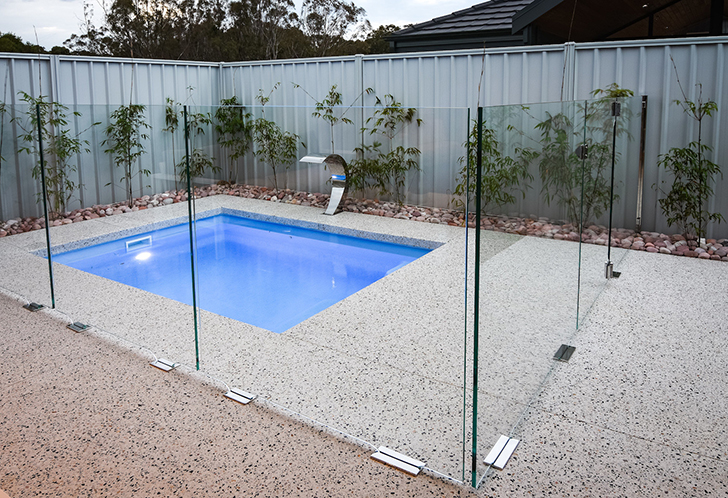


Tempered Glass
Tempered glass or toughened glass (high-strength glass) is made of high-quality float glass that is heated and processed by thermal or chemical treatments to increase its strength as compared to normal glass. The tempering process on float glass does not alter the light transmission and solar radiant heat properties of glass. Toughened glass is four to five times stronger than float glass. Hence it can sustain high wind load easily. Toughened glass breaks into small blunt pieces, which are not harmful. Thus, it is widely used as a safety glass.
Benefits of Tempered Glass
Tempered glass offers greater strength against deflection and better wind resistance than heat-strengthened glass. Tempering increases the ability of glass to survive the impact of objects that may strike the building. When tempered glass does break, it shatters into small cubes, reducing the likelihood of serious injury on impact. Therefore, it qualifies as a safety glazing material. Tempering increases a lite’s edge strength, so it is specified when designers anticipate high thermal stresses. Many large storefront windows are tempered glass, which can be identified by a “bug,” a permanent label in the corner of the window. Tempered glass cannot be cut, drilled or edged.
applications:
-toughened glass can be used in staircase, balustrades, escalator side panels, handrails etc.
-used for sliding or swing doors and window.
-used for partitions of home, sports complexes, resorts, airports and offices etc.
-used as a Decorative Paneling.
-also used as a façade


